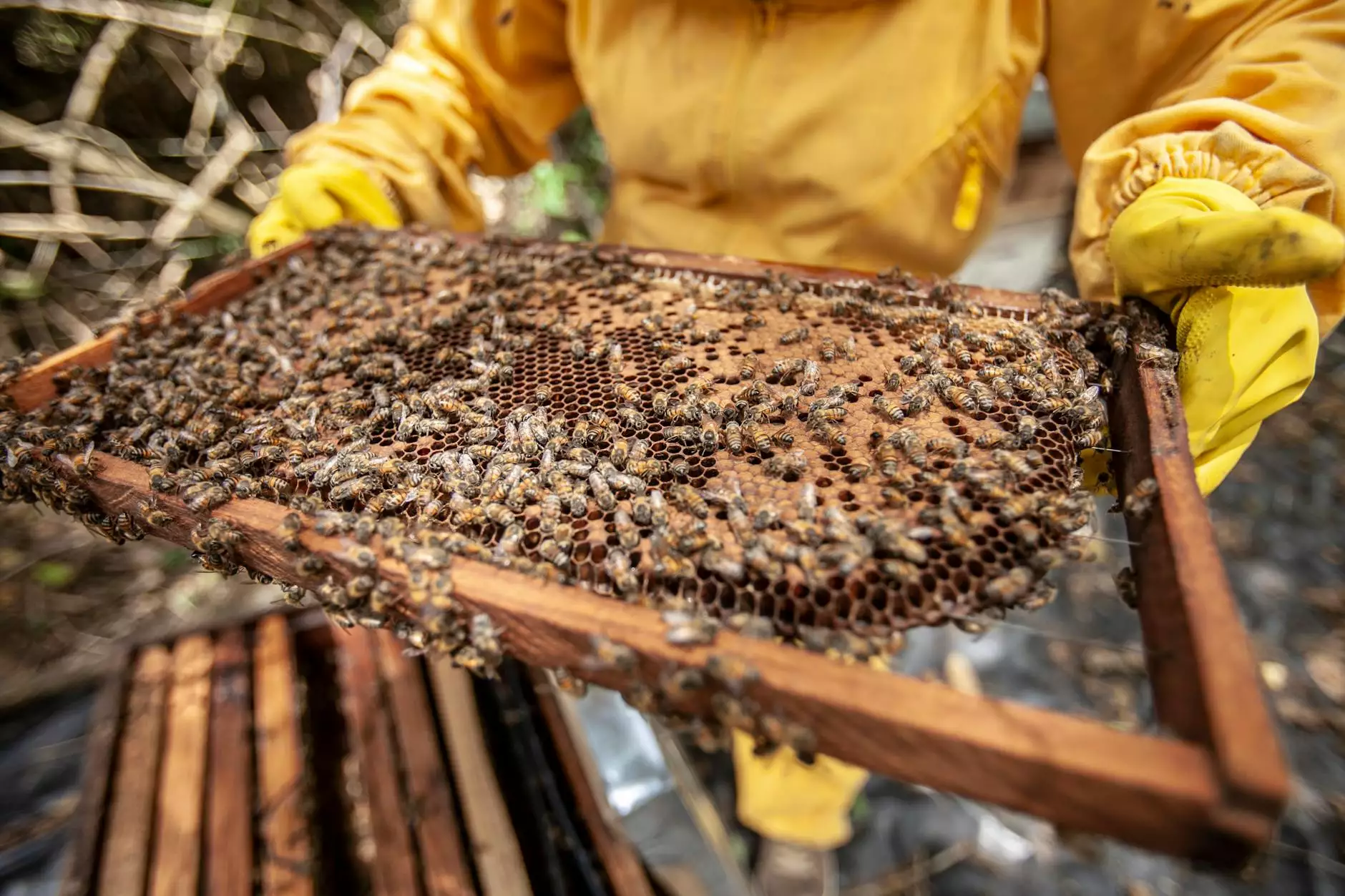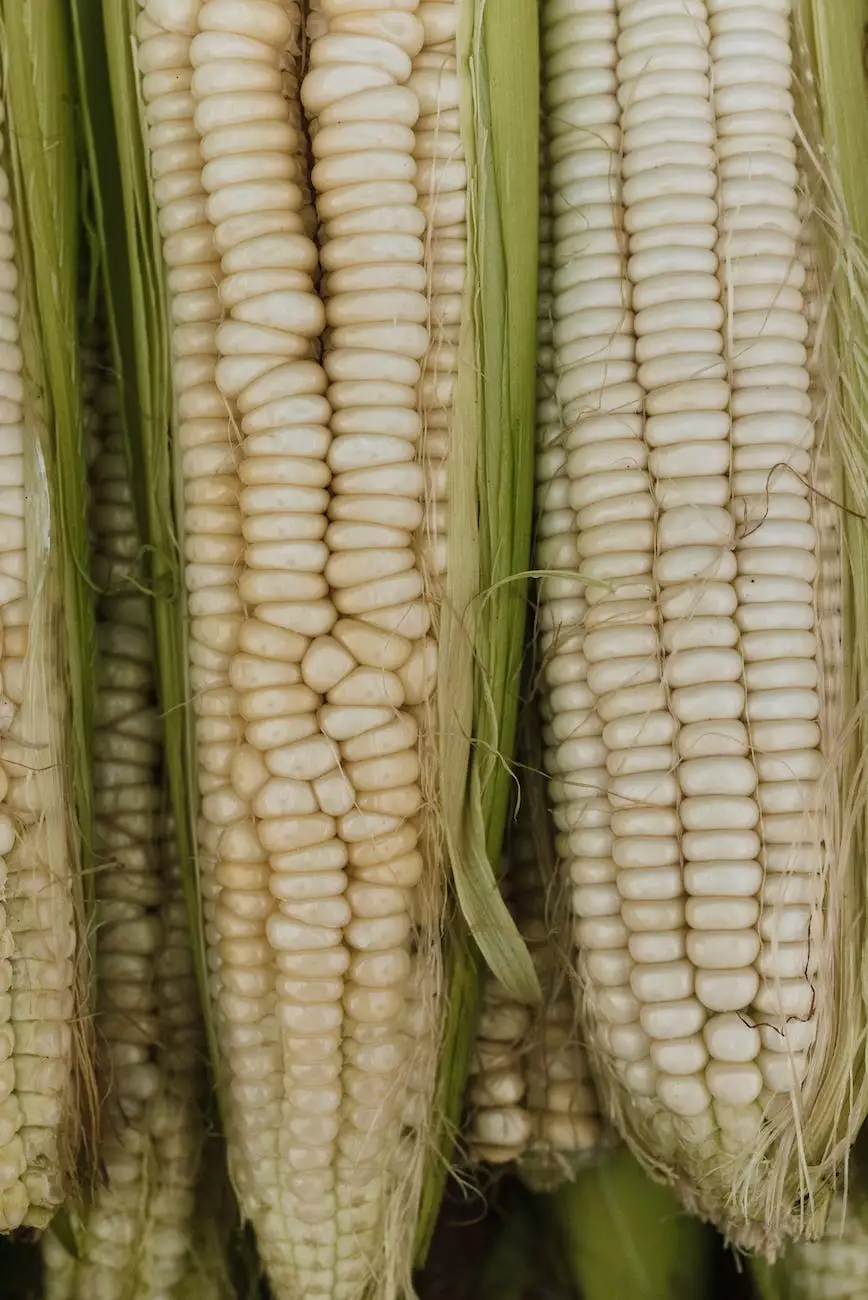Beekeeping - A Fascinating Journey into the World of Bees
Curriculum
Introduction
Welcome to Immanuel Preparatory's Beekeeping page! We are excited to share our knowledge and passion for the wonderful world of beekeeping. Bees play a crucial role in our ecosystem, and beekeeping helps foster a sense of community and connection with nature. Join us as we delve into the captivating journey of beekeeping.
Understanding the Importance of Beekeeping
Beekeeping is not just about harvesting honey; it goes much deeper than that. Bees are pollinators, and they play a vital role in the pollination process of plants. Without bees, many plants would not be able to reproduce, leading to a significant loss of biodiversity and impacting food production. By becoming beekeepers, we contribute to the overall health and balance of our environment.
The Benefits of Beekeeping for Community and Society
Communities that embrace beekeeping often experience numerous benefits. The practice of beekeeping not only promotes sustainable living but also fosters a sense of unity and connection among community members. It is an engaging and educational activity that brings people together and encourages them to become stewards of the environment.
Faith and Beliefs
Immanuel Preparatory recognizes the spiritual significance of beekeeping. In various religious and cultural traditions, bees symbolize diligence, cooperation, and abundance. Beekeeping can serve as a beautiful metaphor for faith, reminding us of the interconnectedness of all living beings and our responsibility to care for the Earth.
Methods of Beekeeping
There are several methods of beekeeping, each with its own unique approach and benefits. Some popular methods include:
1. Langstroth Hive
The Langstroth hive is the most commonly used beekeeping method worldwide. It involves vertical stacking of wooden frames, allowing beekeepers to easily inspect and manage the colony. This method enables efficient honey production and is suitable for both beginners and experienced beekeepers.
2. Top-Bar Hive
The top-bar hive is a horizontal style of beekeeping that emphasizes natural comb building. It provides bees with more freedom to construct their combs according to their needs. This method is often favored by those seeking a more sustainable and bee-centric approach to beekeeping.
3. Warré Hive
The Warré hive, also known as the "People's Hive," is designed to mimic the natural environment of bees. It prioritizes minimal intervention and allows bees to build their comb as they would in the wild. This method is suitable for beekeepers interested in a hands-off, low-intervention approach.
Exploring the Beekeeping Process
Beekeeping is a rewarding journey that involves various essential steps:
1. Beehive Setup
Setting up a beehive involves selecting the appropriate hive type, positioning it in the right location, and ensuring a secure and comfortable environment for the bees.
2. Acquiring Bees
Bees can be acquired through various methods, such as purchasing a package of bees or capturing a swarm. It is essential to introduce the bees to their new hive carefully and monitor their adjustment.
3. Maintenance and Hive Inspections
Regular hive inspections are crucial to ensure the health and well-being of the bees. Monitoring the population, checking for diseases, and providing necessary maintenance are all part of beekeeping responsibilities.
4. Honey Extraction
Harvesting honey is one of the most rewarding aspects of beekeeping. It involves removing frames filled with honey, extracting the honeycomb, and processing it for consumption or sale.
Join Our Beekeeping Community!
Whether you are a beginner or an experienced beekeeper, Immanuel Preparatory welcomes you to join our vibrant beekeeping community. Share experiences, exchange knowledge, and connect with fellow enthusiasts who share your passion. Together, we can create a positive impact on our environment and foster a sense of harmony and stewardship.
Discover the wonders of beekeeping with Immanuel Preparatory and start your own fruitful journey today!



